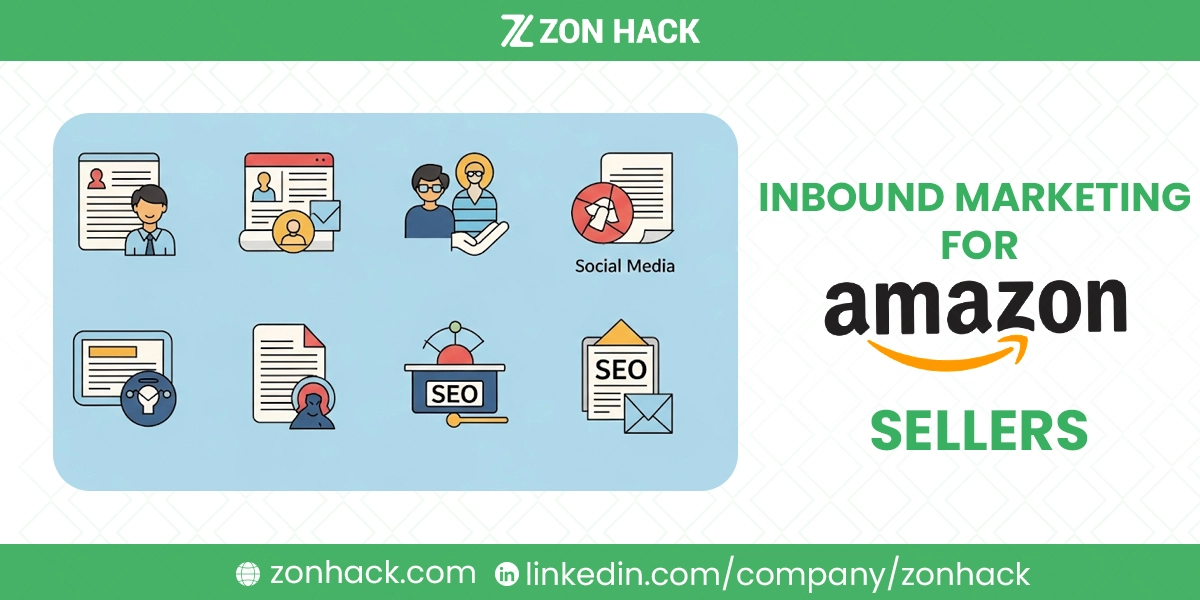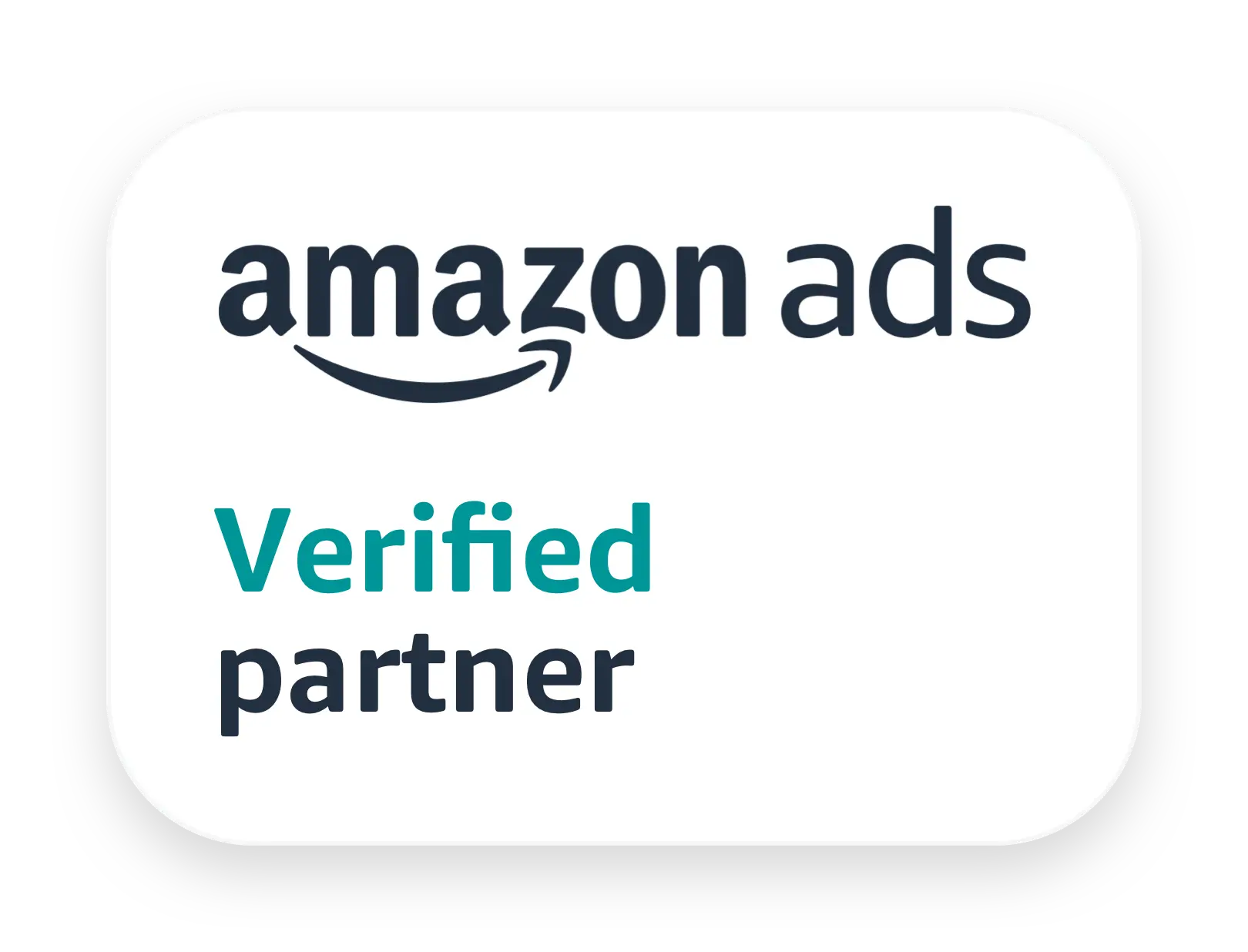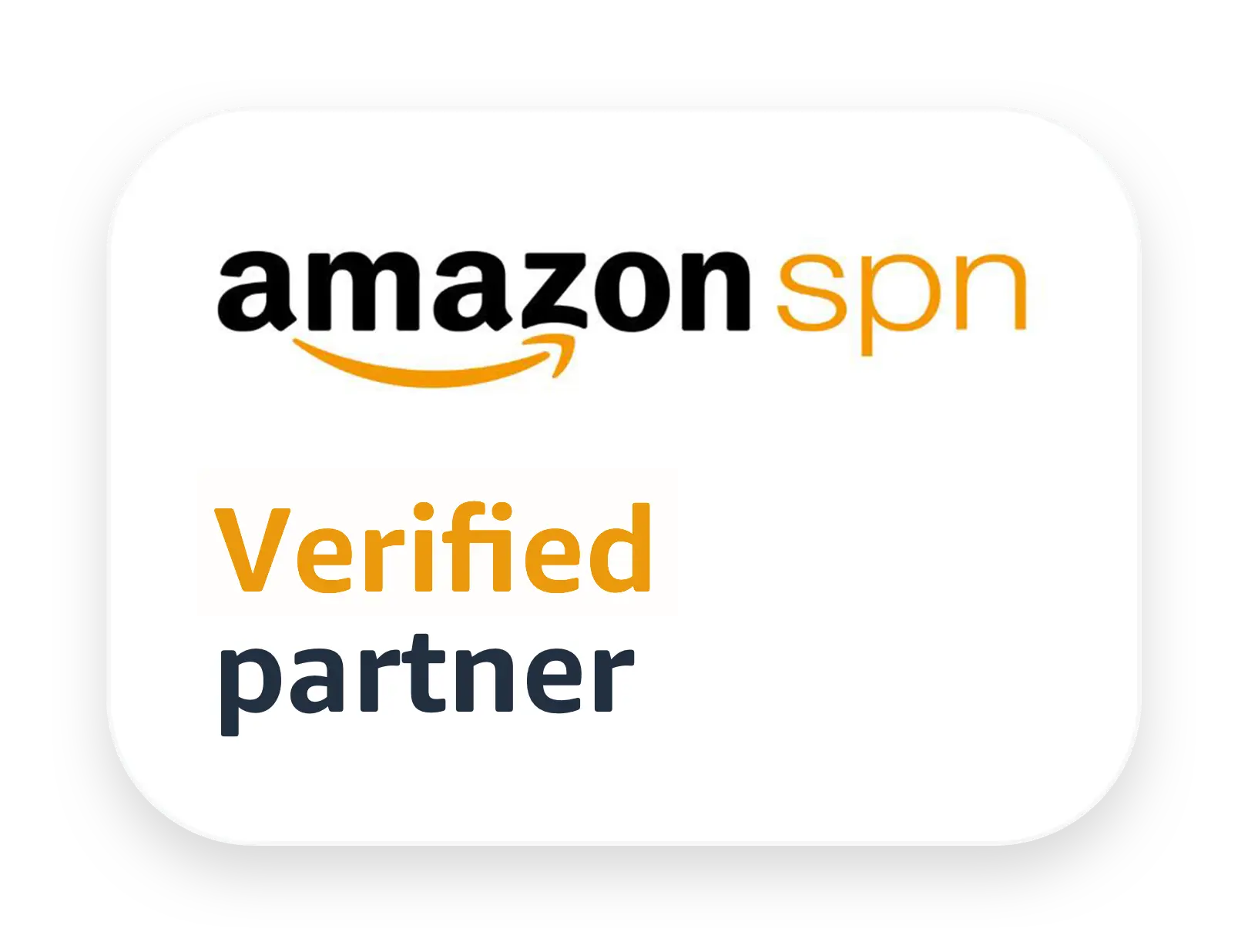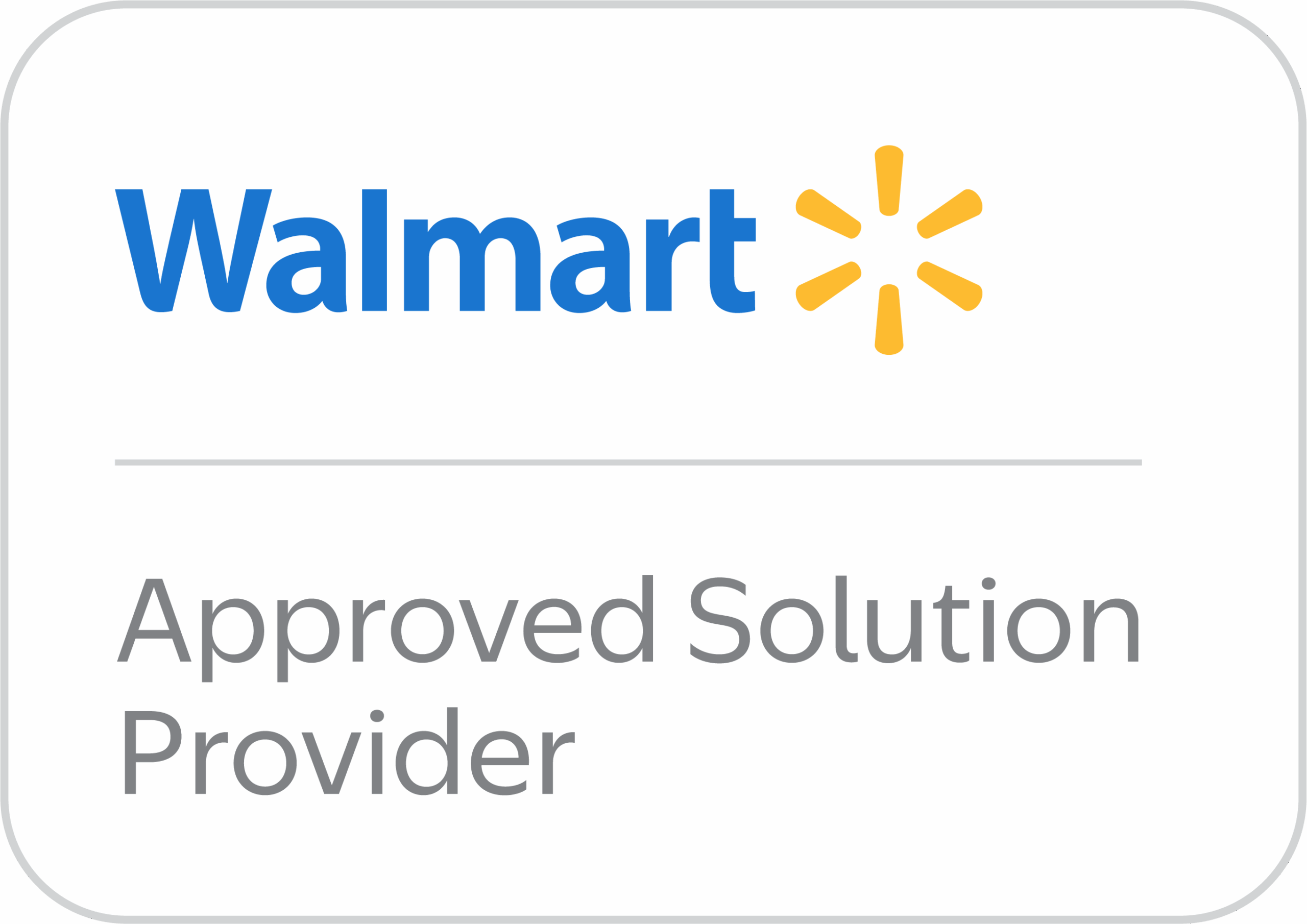Inbound marketing is all about drawing people in by offering them value first. As Amazon sellers, we often focus on ads, discounts, and competing on price. But what if we could get customers to come to us instead—willingly, and even eagerly? That’s the beauty of inbound marketing.
Instead of bombarding people with promotions, inbound helps you connect with them in a meaningful way. Whether it’s through helpful content, well-optimized listings, or engaging visuals, this approach builds trust, improves discoverability, and keeps customers coming back. Let’s break down how we can use inbound strategies to make our Amazon business grow naturally—and sustainably.
Key Pillars of Inbound Marketing for Amazon Sellers
Inbound marketing is made up of several parts that all work together to attract the right customers and turn them into loyal fans.
Amazon SEO & Keyword Optimization
When I started selling on Amazon, one thing became clear fast: if your product isn’t showing up in search results, you’re invisible. The first step in inbound marketing is making sure your product gets found, and that starts with keywords. For example, if I’m selling reusable silicone food bags, I’ll start by researching what customers are actually searching for—terms like “eco-friendly sandwich bags” or “reusable freezer bags.” Once I find those high-volume, relevant keywords, I use them throughout my listing. That includes the product title, bullet points, and description, along with the backend search terms that only Amazon sees. It’s not just about stuffing in keywords, though. They have to sound natural and make sense in the context of the listing.
Images are another huge piece of the puzzle. People shop with their eyes, especially online. I always make sure to upload several high-resolution photos that show the product from different angles, include lifestyle shots, and even demonstrate how to use it. If a picture is worth a thousand words, a product video is worth even more. A short clip showing the product in action builds trust and answers questions instantly. I’ve found this alone can significantly boost conversions.
And of course, customer reviews play a major role. I encourage buyers to leave feedback after every purchase. If someone leaves a review—good or bad—I always respond. That level of engagement not only improves your seller reputation, but it shows potential buyers that you care.
Creating Useful & Engaging Content
People want more than just a product—they want answers, guidance, and confidence in their purchase. That’s where good content comes in. In my product descriptions, I go beyond listing features. I explain how the product solves a problem or makes life easier. If I’m selling an electric milk frother, I don’t just say “stainless steel body and fast motor.” I describe how it helps someone whip up creamy cappuccinos at home in under a minute—no barista skills needed.
For sellers with Brand Registry, Amazon offers amazing tools like Brand Stores and A+ Content. I use my Brand Store to tell my story and showcase my entire product line. It’s like having a little branded corner of Amazon, and it makes your business feel more legit. A+ Content lets me add enhanced visuals, side-by-side comparisons, and FAQs directly on the product page. This extra detail helps shoppers make decisions faster and increases the likelihood they’ll buy.
I’ve also started including mini tutorials and user guides as part of my listings. These little add-ons show customers how to get the most out of the product, and they often answer questions that might otherwise lead to hesitation or confusion.
Building an External Content Presence
Amazon is great, but I’ve learned not to put all my eggs in one basket. One powerful inbound strategy is creating content outside of Amazon that leads people back to my product listings. For instance, I’ve written blog posts on my brand website like “5 Ways to Store Leftovers Without Using Plastic” that naturally mention and link to my silicone food bags. This helps with SEO and drives organic traffic.
Social media also plays a big role. I post short tips, product demos, and behind-the-scenes content on Instagram and TikTok. Sometimes I even repurpose product videos from Amazon and post them on YouTube with links back to my listings. It’s a great way to meet potential buyers where they already spend time online.
What’s important here is that I’m not just shouting “Buy now!” Instead, I’m offering real value—whether that’s a cooking hack, a cleaning tip, or a fun DIY project. And if someone finds that content helpful, they’re more likely to trust my brand and check out what I offer on Amazon.
Audience Segmentation for Tailored Messaging
Not all customers are the same, and I’ve learned the hard way that a one-size-fits-all approach just doesn’t work. One of the best things I’ve done is start segmenting my audience. That simply means grouping customers based on things like how often they shop, what they’ve bought before, or how they interact with my content.
For example, if I know someone has bought from me before, I might send them a personalized offer or recommend a related product. First-time browsers might get a helpful guide or a small discount. People who engage with me on social media often get tagged in new launches or invited to vote on upcoming product designs. This level of personalization doesn’t just boost conversions—it builds loyalty.
Even within Amazon Ads, I’ve started tailoring my campaigns to different segments. By targeting specific shopper behaviors or interests, my ads become more relevant and less annoying. It feels more like a helpful suggestion than an interruption.
Email Marketing
Email is still one of my favorite inbound tools—especially for staying connected to customers over the long term. I collect emails through my website with simple offers like a free guide or 10% off their first order. Once someone joins my list, I send them content that actually helps: product care tips, new launch announcements, and exclusive deals. If they bought a coffee grinder, I might send them a guide on grind sizes or brewing methods.
Emails are also great for gathering reviews or getting feedback. I’ll sometimes follow up a week after purchase with a quick “How’s it going?” message. This keeps the conversation going and helps me continuously improve.
Leveraging Amazon Ads Carefully
While inbound is mostly about organic attraction, I do use Amazon Ads strategically to give my listings a boost. The key here is balance. I run cost-per-click campaigns on highly relevant keywords to make sure my products show up when people are already searching. I also use product targeting ads to show up on competitor listings—especially when my product has better features or a lower price.
I don’t go overboard, though. Ads should support your inbound efforts, not replace them. My goal is always to attract shoppers who are genuinely interested, not to chase clicks from people who aren’t likely to buy.
Importance and Benefits of Inbound Marketing for Amazon Sellers
Inbound marketing isn’t just another strategy—it’s the long game. It helps build a brand people actually remember and trust. By focusing on valuable content and meaningful interactions, I’ve seen more than just higher conversions. I’ve seen more returning customers, better reviews, and even referrals.
What I love most about inbound marketing is how cost-effective it is. Unlike paid ads that stop working the second your budget runs out, content keeps working for you. A helpful blog post or product video continues to bring in traffic and sales months after it’s published. That’s a kind of ROI that traditional advertising just can’t match.
It’s also made me more confident in my brand. Instead of relying on Amazon’s algorithm or price wars, I’m building something people believe in. My customers aren’t just buying a product—they’re buying from someone they feel connected to. That emotional connection is powerful. It leads to reviews, social shares, and loyalty. It’s what turns a good product into a great brand.
Conclusion
Inbound marketing is about more than just selling—it’s about connecting. As an Amazon seller, I’ve learned that offering real value, telling my story, and being helpful at every stage of the buyer’s journey doesn’t just boost sales—it builds something lasting.
So if you’re feeling stuck in the cycle of discounts and ads, try flipping the script. Start with content. Focus on your customer. Build trust first, and let the sales follow. It may take a little time, but trust me—it’s worth it.
Thanks so much for reading! If you’ve got any questions about inbound marketing for Amazon or just want to bounce around some ideas, feel free to drop a comment below. I’m always happy to help. Wishing you good luck and lots of success in your selling journey!




